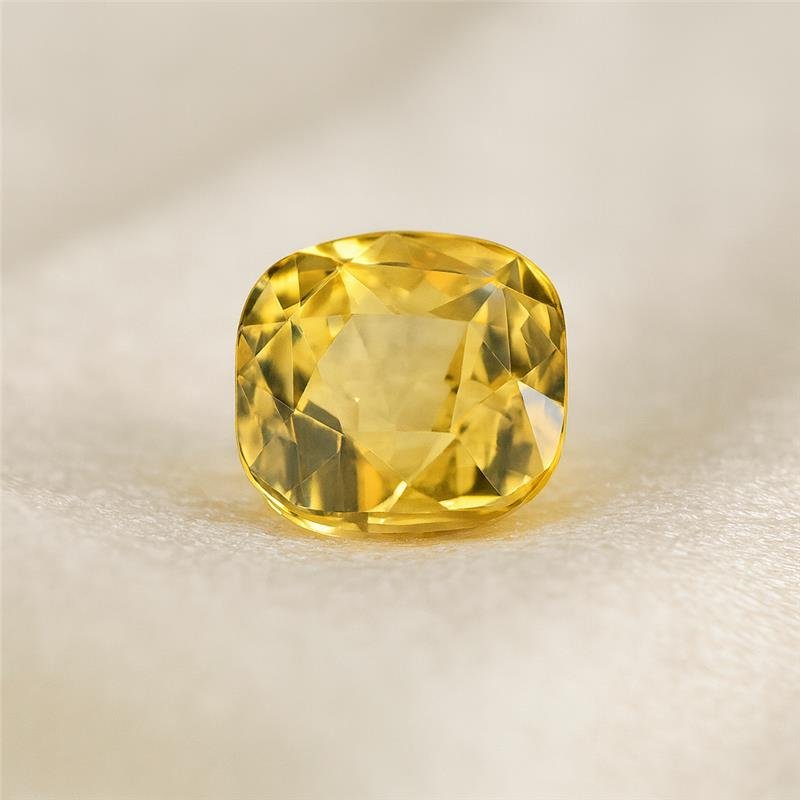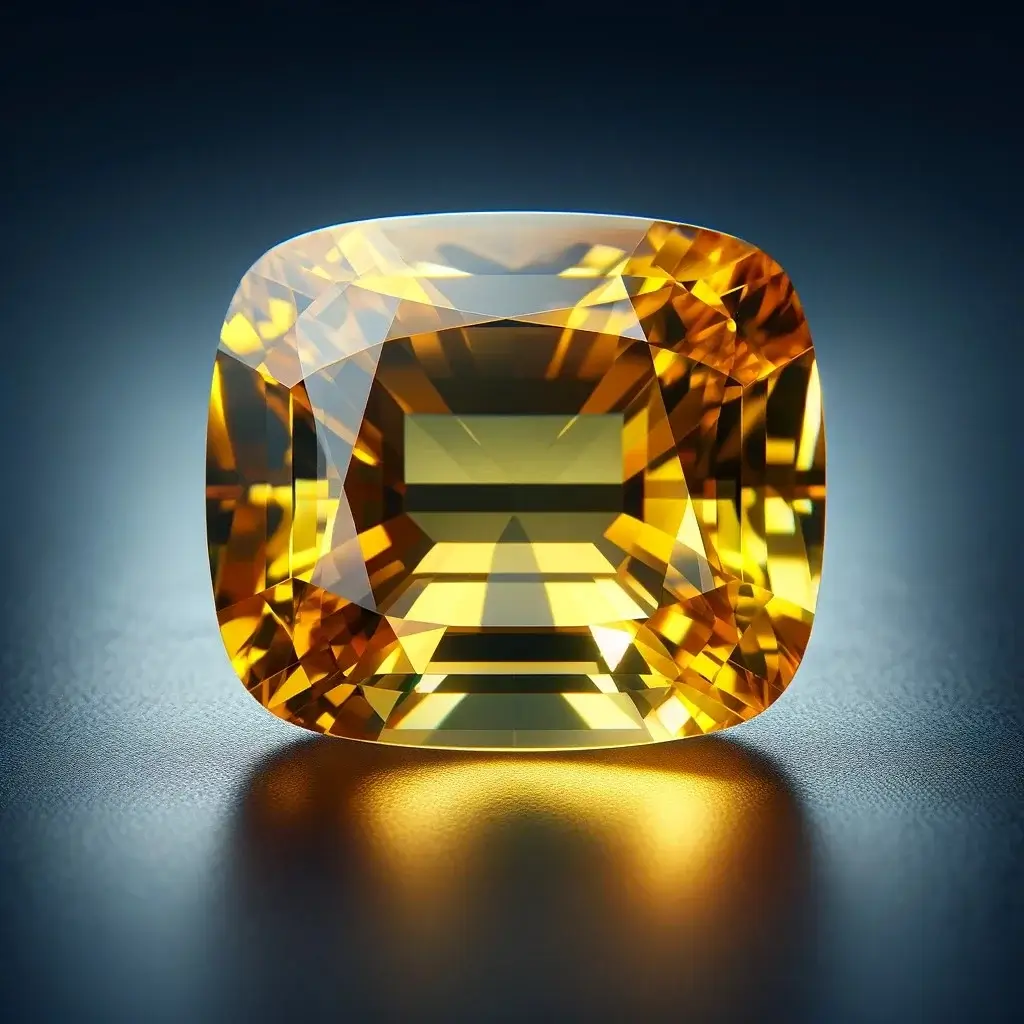• 102 years of experience in Original Rudraksha and Gemstones
• World's Largest Supplier of Rudraksha
• Own Gemstone Mines in Srilanka (Ceylon)
• 102 years of experience in Original Rudraksha and Gemstones
• World's Largest Supplier of Rudraksha
• Own Gemstone Mines in Srilanka (Ceylon)
• 102 years of experience in supplying Original Rudraksha and Gemstones
• 102 years of experience in supplying Original Rudraksha and Gemstones
• 102 years of experience in supplying Original Rudraksha and Gemstones
• 102 years of experience in supplying Original Rudraksha and Gemstones
• 102 years of experience in supplying Original Rudraksha and Gemstones
• 102 years of experience in supplying Original Rudraksha and Gemstones

















Reviews
There are no reviews yet.